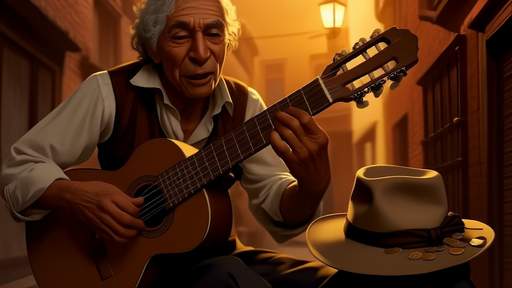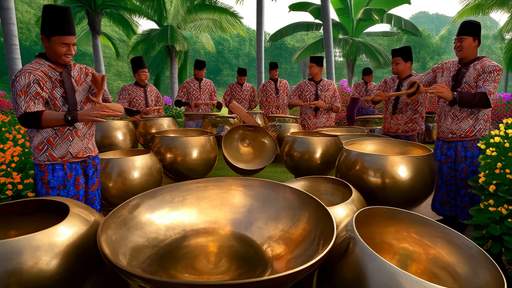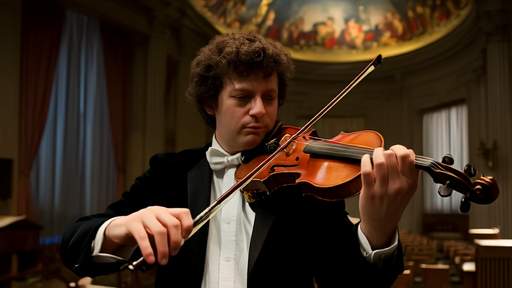The sweet, lilting tones of the ukulele have become synonymous with Hawaiian culture, evoking images of sandy beaches, swaying palms, and vibrant luaus. Yet, few realize that this iconic instrument traces its roots not to the Pacific, but to the Atlantic—specifically, to the small Portuguese islands of Madeira and Cape Verde. The ukulele’s journey from a Portuguese folk instrument to a Hawaiian cultural treasure is a story of migration, adaptation, and serendipity, a testament to how music can transcend borders and transform identities.
In the late 19th century, Hawaii was a bustling hub of sugarcane plantations, drawing laborers from across the globe. Among them were Portuguese immigrants from Madeira, who arrived aboard the Ravenscrag in 1879. These newcomers brought with them the machete de braga, a small, four-stringed guitar-like instrument central to their traditional music. Little did they know that this humble instrument would soon capture the hearts of Hawaiians and evolve into something entirely new.
The Hawaiians were immediately enchanted by the machete’s bright, cheerful sound. According to legend, one of the immigrants, João Fernandes, began playing folk songs upon arrival, and the locals were so struck by his rapid fingerwork that they dubbed the instrument “ukulele,” which translates to “jumping flea” in Hawaiian. Whether the name referred to the lively motion of Fernandes’ fingers or the instrument’s percussive, bouncing tones, it stuck—and a cultural phenomenon was born.
What followed was a rapid process of localization. Hawaiian craftsmen began reimagining the machete, tweaking its design to better suit their musical traditions. They experimented with local woods like koa and mahogany, which gave the ukulele a warmer, more resonant tone. The body shape was refined, and the strings—originally made of animal gut—were replaced with smoother, more durable materials. By the early 20th century, the ukulele had shed its Portuguese skin entirely, emerging as a distinctly Hawaiian instrument.
The ukulele’s rise to prominence was further fueled by Hawaii’s royal family, particularly King Kalākaua, who was a passionate patron of the arts. He embraced the ukulele as a symbol of Hawaiian identity, incorporating it into court performances and public celebrations. This royal endorsement helped elevate the instrument from a plantation worker’s pastime to a national icon. By the time of Kalākaua’s death in 1891, the ukulele was no longer just an imported oddity—it was Hawaii’s sound.
The 20th century saw the ukulele explode in popularity beyond Hawaii’s shores. American tourists visiting the islands brought the instrument back to the mainland, where it became a staple of jazz, vaudeville, and early radio. Musicians like Cliff Edwards (aka “Ukulele Ike”) and later, Tiny Tim, turned the ukulele into a pop culture sensation. Yet, despite its global spread, the instrument never lost its Hawaiian soul. Even today, when people hear the ukulele, they think of Hawaii—not Portugal.
What makes the ukulele’s story so remarkable is its seamless cultural assimilation. Unlike other borrowed traditions that retain traces of their origins, the ukulele became unrecognizably Hawaiian. The Portuguese machete was a folk instrument with a limited repertoire; the Hawaiian ukulele became a versatile, expressive medium, capable of conveying everything from joyous celebration to profound melancholy. This transformation wasn’t just about changing the instrument’s physical form—it was about embedding it into the emotional and spiritual fabric of Hawaii.
Today, the ukulele enjoys a global renaissance, with musicians from all genres embracing its cheerful charm. Yet, its deepest roots remain in Hawaii, where it continues to symbolize resilience, creativity, and cultural fusion. The next time you hear the ukulele’s bright strum, remember: it’s not just a sound. It’s a miracle of localization, a testament to how the simplest things—a small guitar, a ship full of immigrants, and an island’s love for music—can change the world.

By /Jun 6, 2025

By /Jun 6, 2025

By /Jun 6, 2025

By /Jun 6, 2025

By /Jun 6, 2025

By /Jun 6, 2025

By /Jun 6, 2025

By /Jun 6, 2025

By /Jun 6, 2025

By /Jun 6, 2025

By /Jun 6, 2025

By /Jun 6, 2025

By /Jun 6, 2025

By /Jun 6, 2025

By /Jun 6, 2025

By /Jun 6, 2025

By /Jun 6, 2025

By /Jun 6, 2025

By /Jun 6, 2025

By /Jun 6, 2025